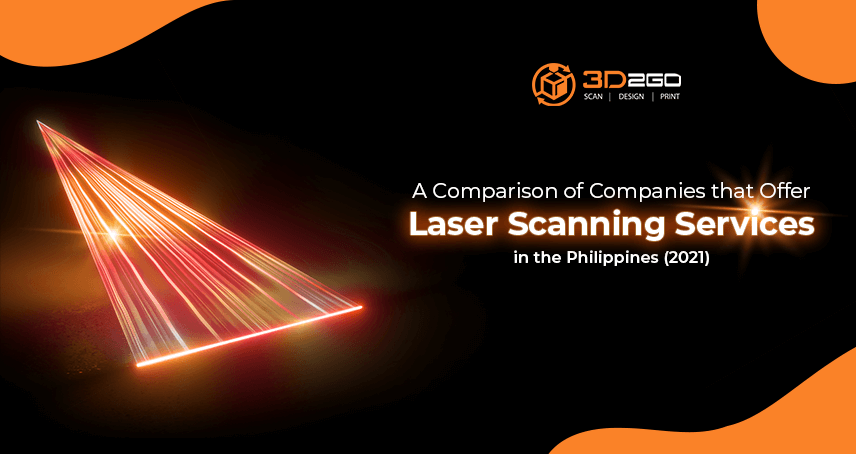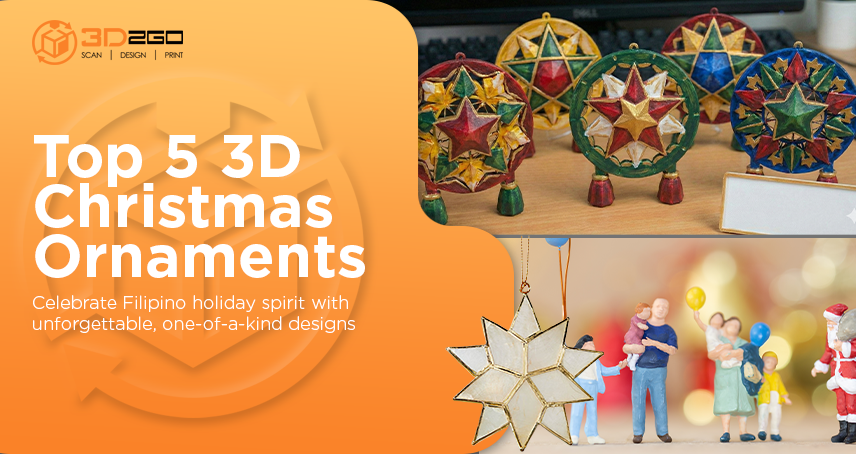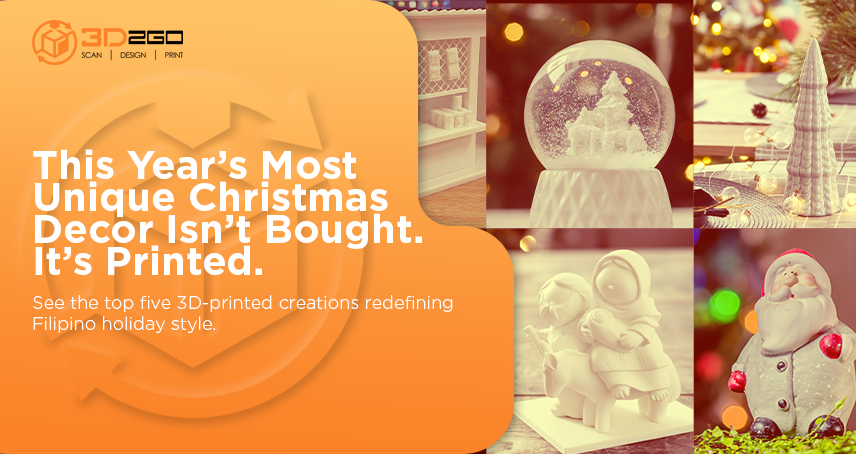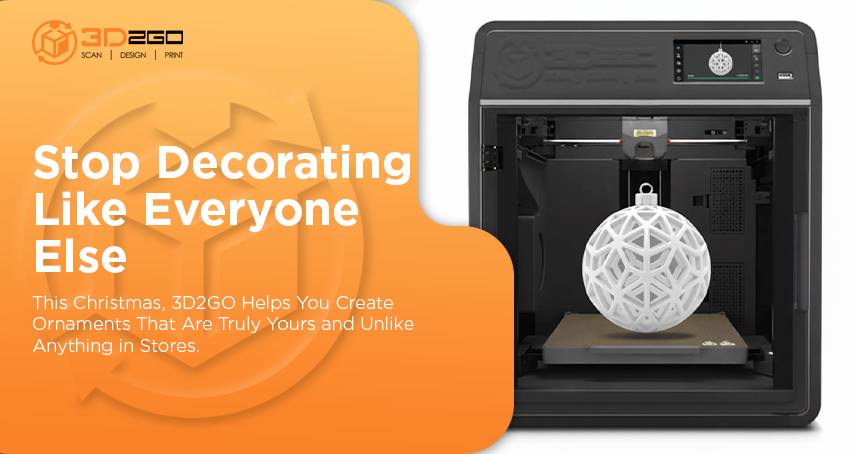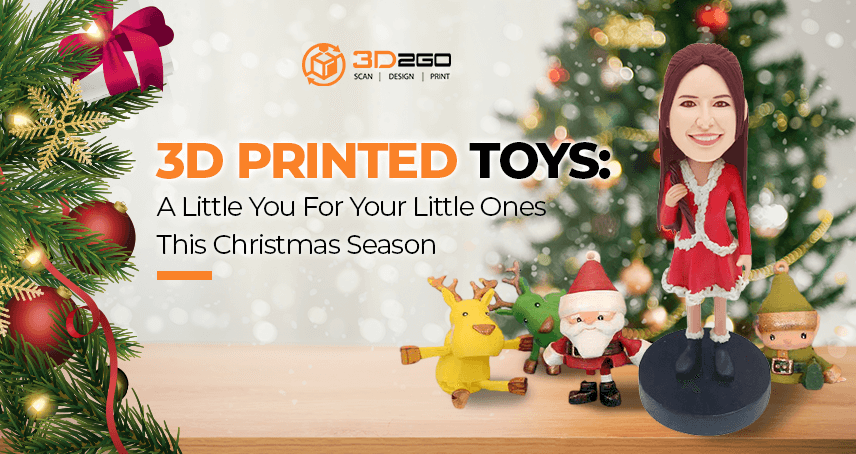
3D Printed Toys: A Little You For Your Little Ones
July 11, 2022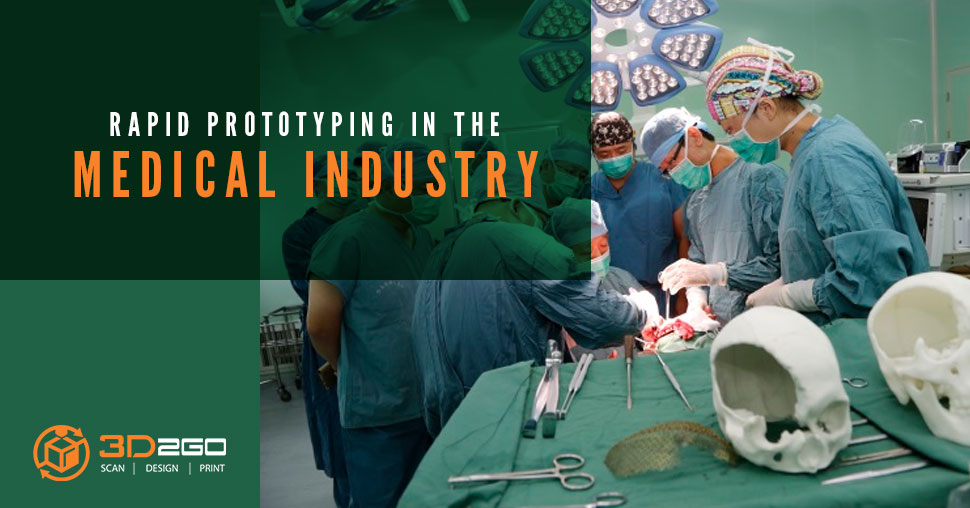
Decrypting The Importance And Applications Of Rapid Prototyping In The Medical Industry
July 12, 2022Are you looking to avail Laser Scanning Services for your project very soon? Here is where you can get them!
With the rise of 3D technology, many companies are now offering services such as 3D printing and modeling.
But one of the most in demand services out there now is 3D scanning. A process used to map physical complex shapes and translate them into digital models to enable design, quality assurance, and rapid prototyping using 3D printing.
In this article, we will look at companies that offer this service and compare them to know which one is best suited for your project.
Laser Scanning Services in the Philippines
Here are the list of companies that can help you with your 3D Scanning needs:
| Companies | Industry Focus | Service Focus | Best For |
| 3D2GO | Various | Various | B2C and B2B |
| Digiscript Inc. | Construction, Engineering and Architecture | 3D Scanning | B2B |
| Rasa Survey | Construction, Engineering and Architecture | 3D Scanning | B2B |
| Norde | Various | 3D Tech Distributor | B2B |
| Puzzlebox 3d | Various | Various | B2C |
| Filbuild | Construction, Engineering and Architecture | 3D Scanning | B2B |
| Shapecloud | Various | Various | B2C |
| Certeza Infosys Corporation | Engineering | 3D Scanning | B2B |
| Argotek Positioning Solutions Incorporated (APSI) | Engineering | 3D Scanning | B2B |
| Charles Cunanan Builders | Construction, Engineering and Architecture | 3D Scanning | B2B |
Based on the table above, most 3D scanning services available in the Philippines focus on Construction, Engineering and Architecture.
However, there are companies like 3D2Go, Puzzlebox 3D and Shapecloud that cater to B2C customers. They are a go-to of people looking to scan and print small projects or buy 3D scanners.
How Much is a 3D Scan?
Scanning price depends on multiple factors such as:
- Size of an object or a part
The total size of the object(s) or the part that you need to scan is one of the first and most important things to consider when estimating your scanning budget.
A larger object will usually take longer and require more scans to create a comprehensive model than a smaller object. As a result, scanning a larger object will be more expensive than scanning a smaller object.
- Geometry of an object or part
The complexity or simplicity of an object’s geometry is the second important component to think about.
A surface with intricate features like holes, fine lines, sharp edges, overhangs, threads, and so on is considerably easier and faster to scan than a plain object without complicated details.
- Quantity of parts or objects in a project
The more objects or parts you need to capture, the more resources you’ll need to scan and process, whether you do it in-house or outsource it.
Each section of an object, or a group of solid objects, must be scanned separately, which may necessitate a separate scanning and data processing workflow.
- Accuracy and resolution of a final model
The accuracy and resolution you want in the final 3D model is another important issue to consider when assessing scanning prices.
3D scanners have different technological builds. Hence, the technology that exists in them determines the resolution and accuracy standards.
- Color
Color is another issue that affects scanning costs.
Color scans and a true likeness of an object are required for some businesses. In other circumstances, such as when you only need to take measurements of an object, this isn’t necessary.
If the project necessitates high-quality texture, specialized hardware such as photogrammetry can be used.
- Complex materials and scanning conditions
Some surfaces that are reflective or shiny can be challenging to capture as is.
Sometimes, it may require additional time spent on preparation and spraying them with a washable or vanishing scanning spray, as well as the clean-up afterwards.
These are the reasons why 3D scanning companies charge by how long clients use their scanner. To give you a picture of how much it can cost, here is a rough estimate:
| Object Size | Estimate Usage | Estimate Cost |
| Small Items | Less than 2 hours | Around PHP 5000 or less |
| Medium Items | 2 – 8 hours | More or less PHP 10,000 |
| Large Items | 8 hours and more | Around PHP 15,000 or more |
Why Do People Seek Laser Scanning Services?
Computers paved the way for a slew of new technologies. This includes the first 3D scanning technology, which was developed in the late 1960s.
Things have progressed significantly from there on. And the ever-emerging world of 3D technology is now disrupting a variety of businesses (in a good way).
3D scanners continued to advance in terms of technology, while also getting more inexpensive, smaller, and simpler to operate. Making it one of the most in demand tech today.
Let’s look at some of the real-world applications of 3D scanning today to make sense why people love 3D Laser Scanning.
- Education
3D scanning is becoming more common in classrooms all over the world.
3D scanners and software are changing education in through these five major areas:
- Accelerating three-dimensional learning
- Increasing engagement with core topics by moving from abstract to interactive learning
- Introducing the design process in a quick, easy way
- Bridging the physical and digital within the classroom
- Hands-on with digital work in creative art projects.
3D technology is changing the way people learn in the classroom. Teachers are harnessing the power of computers, software, and programs to create an interactive space for students.
3D scanners are also, albeit slowly, integrating itself in the Philippines education system.
In fact, Holy Angel University (HAU) has just become the first school in the Philippines to acquire 3D Laser Scanning. The purpose of the technology is to help students and faculty in their study of architecture, civil engineering, and criminology.
- Architecture
When doing architectural surveys, the ability to scan and analyze buildings in great detail makes 3D scanning very appealing.
3D scanning gives users incredibly precise measurements.
3D scanning is crucial for large-scale structures, such as buildings, for a variety of reasons. Architecture depends on 3D technologies for repair, documentation, and archaeological research.
There are currently two ways to get a model of a building: measure every dimension you need or simply 3D scan the whole thing.
And there are four kinds of 3D scanner that can help you with this:
- Laser Scanner – A laser scanner simply digitally captures the shape of physical objects using a line of laser light. 3D laser scanners measure fine details and capture free-form shapes to quickly generate highly accurate point clouds.
- Lidar Scanner – Looking for laser scanning buildings tech? Lidar services are for you. A LIDAR scanner consists of high-powered lasers. This scanner is popular among the architecture and construction industry. It is because the laser it beams covers a large region and area, scanning hundreds of dots per second.
- Photogrammetry – Photogrammetry is a technique for creating 3D models of an object from photographs. The photographs are collected from various angles and places to allow for exact computations. To collect measurements, they usually rely on photo interpretation and geometric correlations.
- Structured Light Scanning – This technology works by projecting a pattern of light onto the object to scan and not a laser line (or dot). The pattern is projected on the object using an LCD projector or some other source of stable light.
- Art/History
3D scanning can help museums preserve culture and tradition. That is why artists and art historians are increasingly turning to 3D scanning.
One of the most common applications in this field is the scanning of artefacts in order to make reproducible 3D printed replicas or for preserving and curating. Every type of cultural heritage can be categorized, measured, analyzed, and even shared among researchers using 3D scanning.
Perfectly identical, richly detailed, true-to-scale copies of a piece or sculpture also represent an opportunity, not only to preserve but to teach people.
3D scanning allows those interested to get hands-on without risking damage to a priceless item.
Perhaps an art historian is looking to restore an artefact that has degraded over time? 3D scanning is the perfect technique for assisting with effective restoration and conservation.
- Medicine/Health
3D scanning provides doctors with a precise image of their patient, allowing them to thoroughly research potential cures without having to test them on the patient.
They can see inside a patient’s body thanks to this technology. No other technology has ever allowed doctors to get such a close view at their patients’ inside organs.
Even more so, 3D scanners are portable, easy to use and very fast, which is beneficial in life or death situations.
- Science/Research
Anything can be studied in great depth thanks to 3D scanning.
Around the world, researchers are examining an endless variety of materials at any given time. The introduction of 3D scanning brings up a lot of options, from sophisticated topography to optical measurements and archiving.
Believe it or not, Researchers at Drexel University use 3D scanning and printing services on dinosaur fossils. They even started on building their very own replicas of it.
The Most Trusted 3D Scanning Company
If you are looking for a B2B or a B2C scanning company, you’ve come to the right place.
We are 3D2Go, the premier company for anything 3D in the Philippines. We have the technology and talents to assist you in creating a 3D model of various items.
We are the one-stop-shop of everything 3D such as 3D scanning, 3D modeling, 3D prototyping and more.
By allowing us to help you, you can assure an accurate and satisfying result of your project.
We also sell 3D scanners and printers if you want to do your own DIY project.
Contact us now through our Facebook page or leave us a message here.


